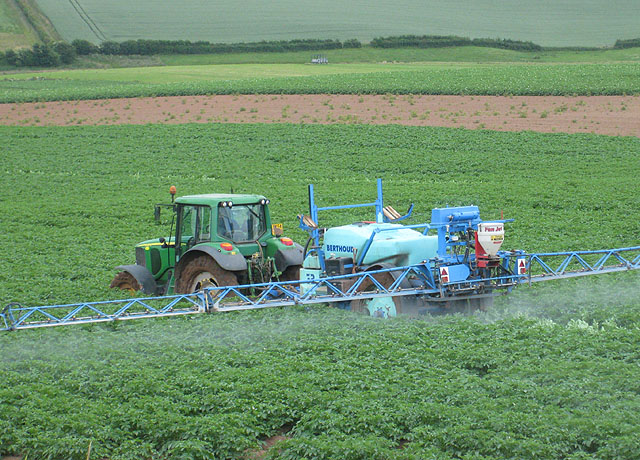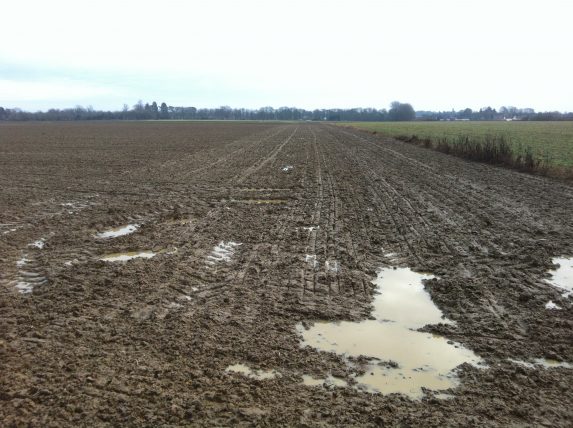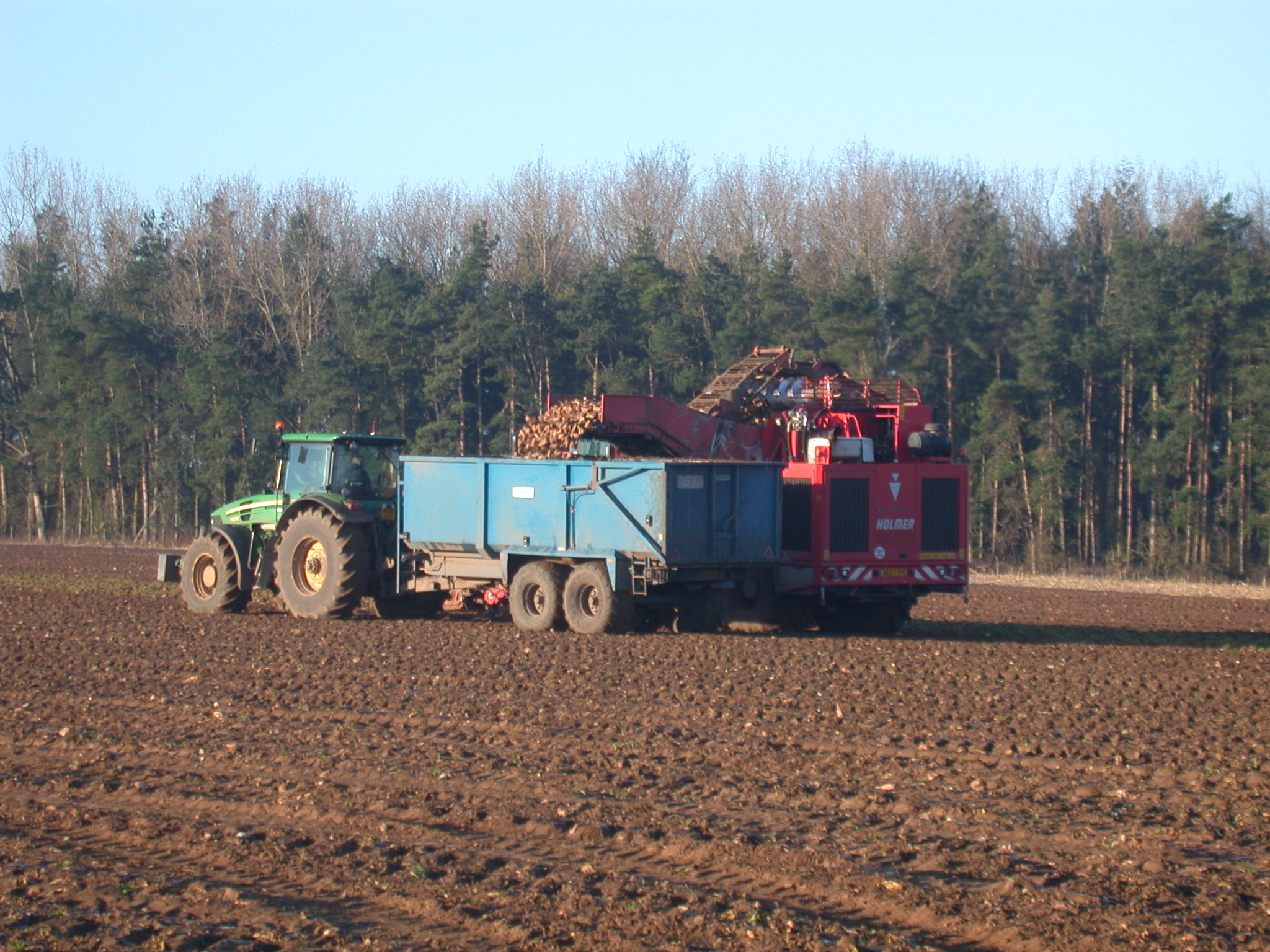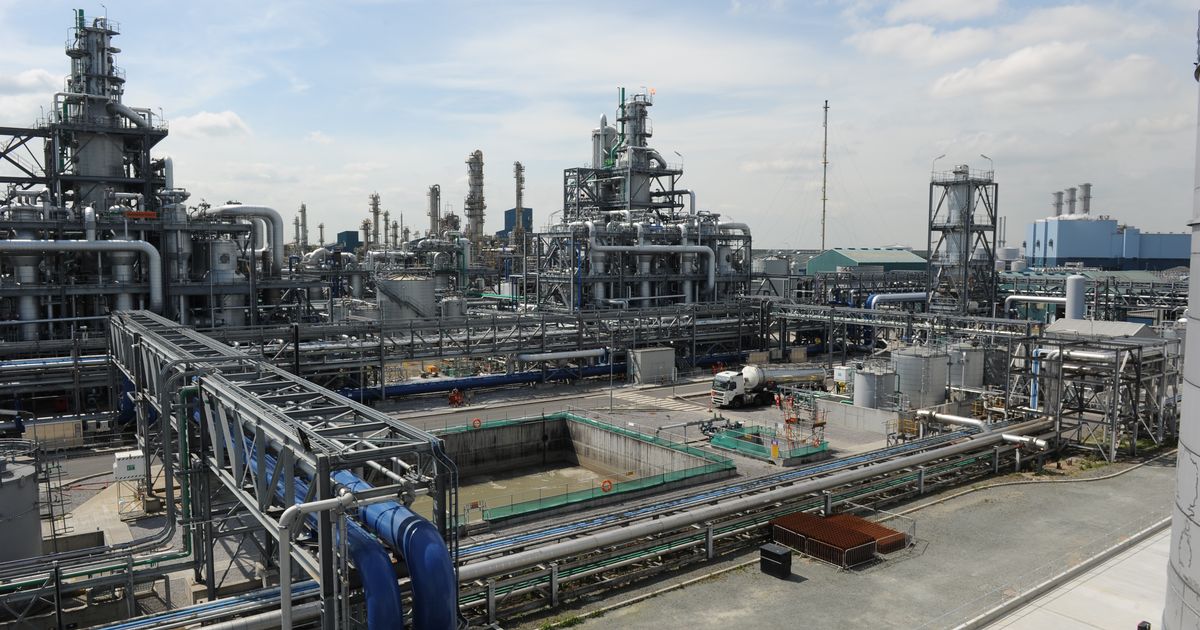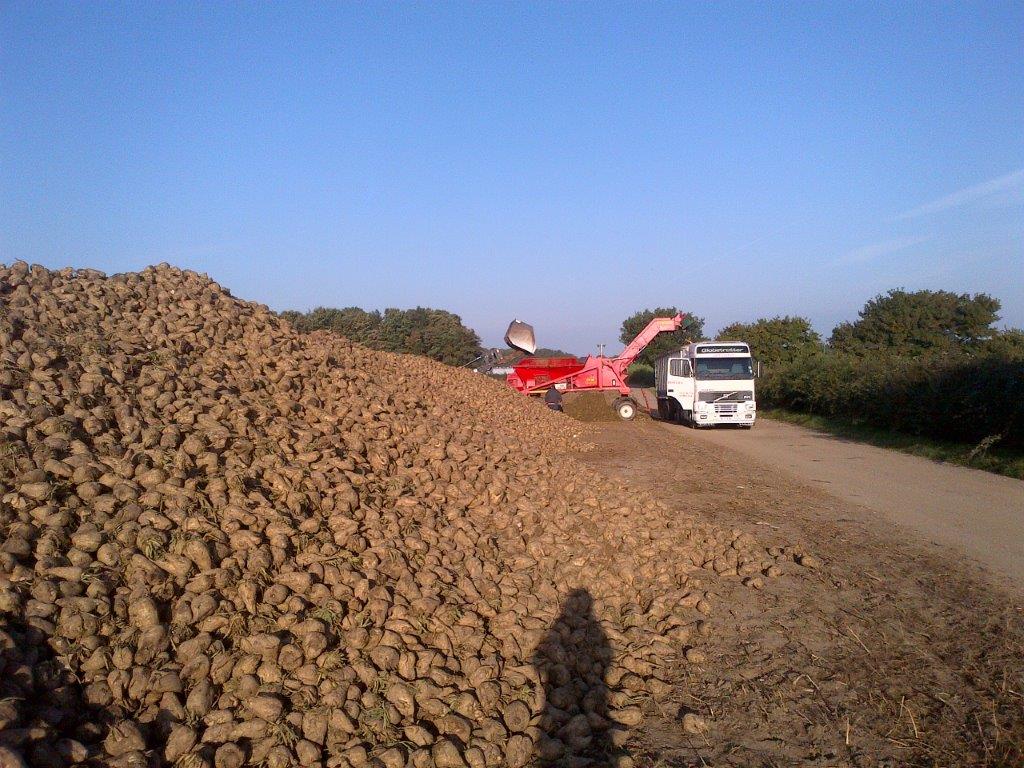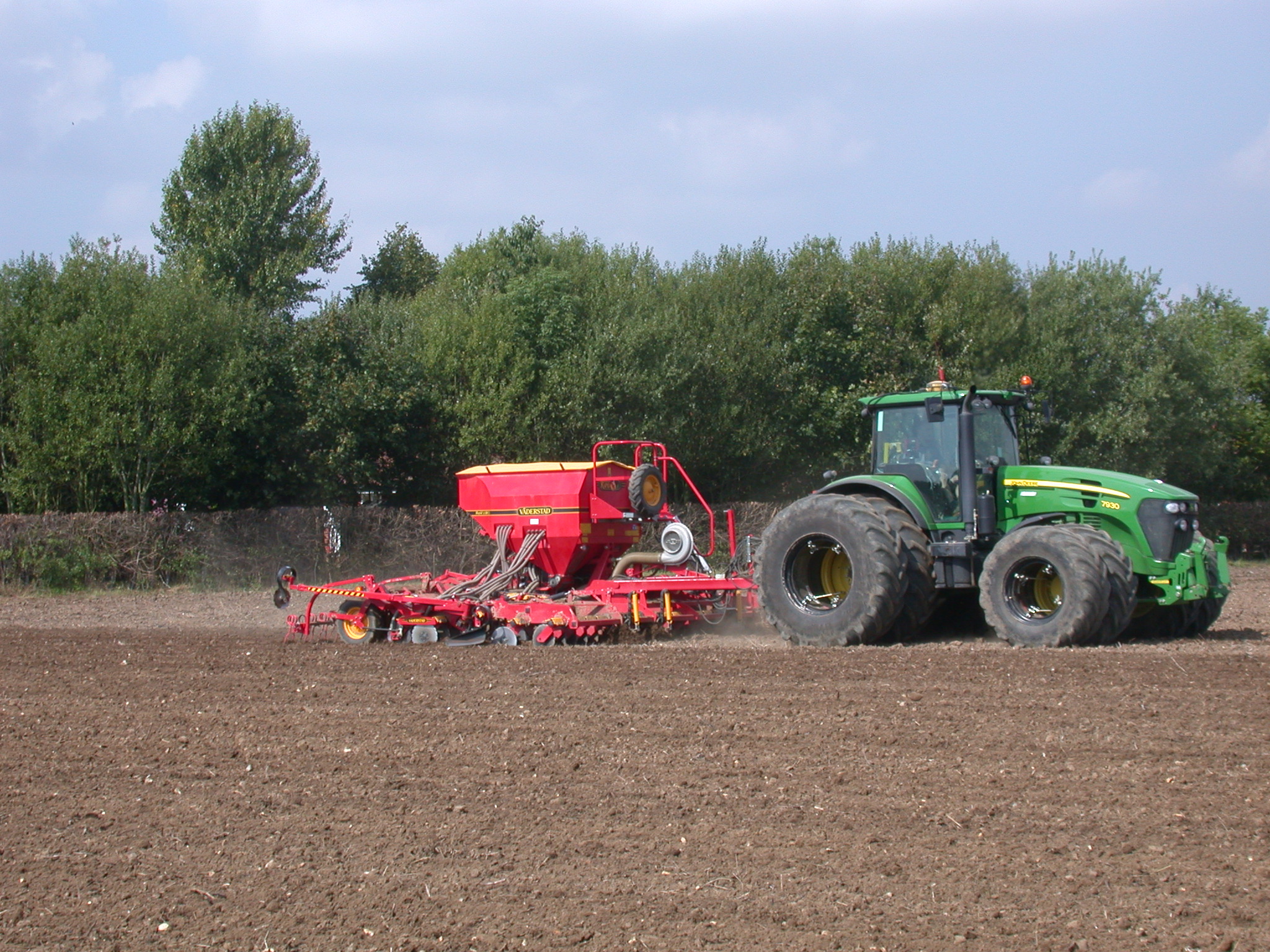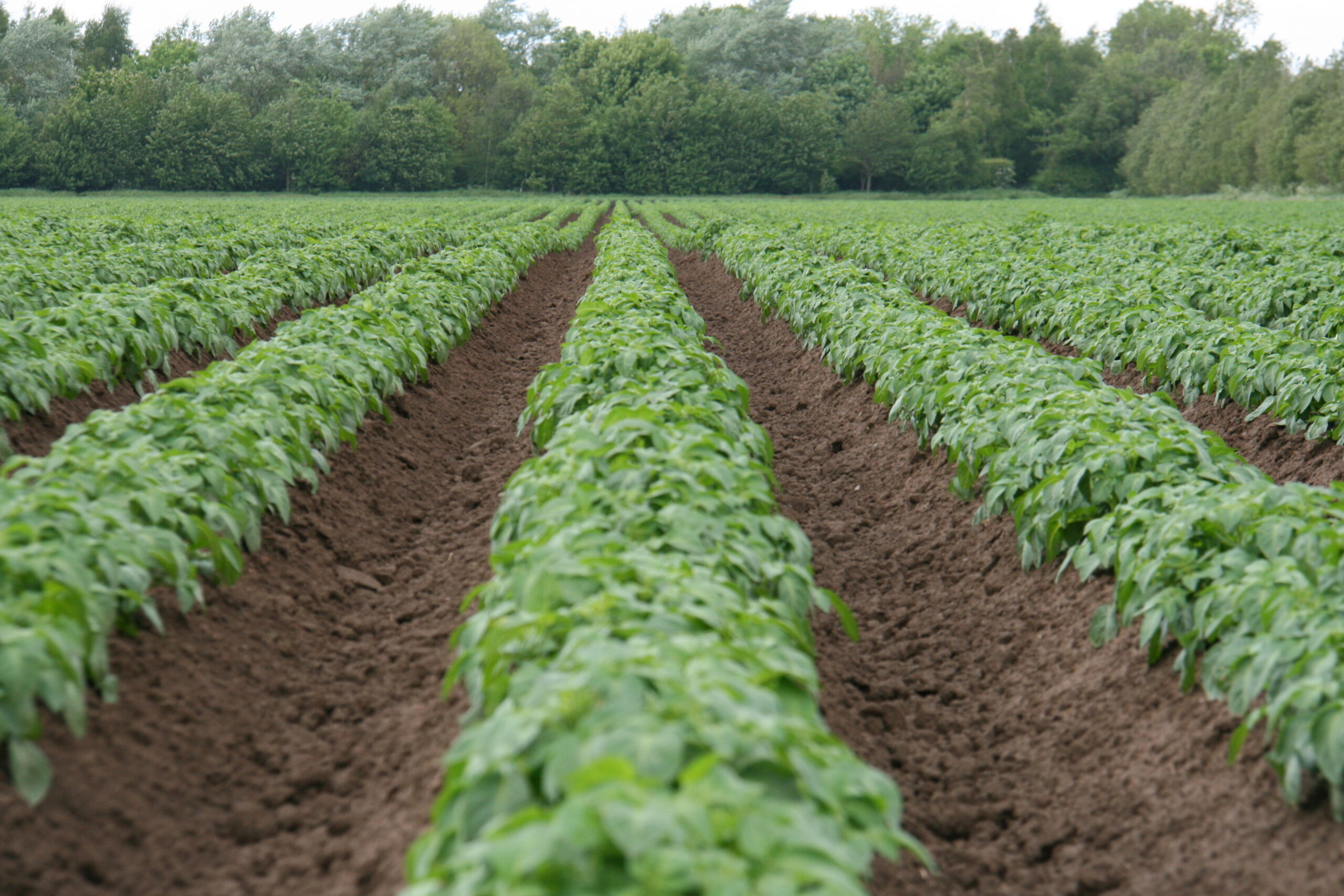Spring Drillings
Much catch-up has been played in the last week and now most spring crops have been drilled (with the exception of Scotland). The next task is to spot the dry, non-windy days to follow the agronomists’ instructions. There will probably be a small increase in fallowed land as a response to the very wet, late arrival of spring, but any more than 30,000 hectares of idle land above last year’s area would surprise us. Indeed, that would leave fallow land higher than any year since 2007 when set-aside was required. More likely most spring drilling plans will still be followed, albeit late, potentially into sub-optimal conditions, and yielding less than initially hoped. The output from these crops may yet be reasonable though, as long as they get the agronomic attention they deserve and favourable weather from here on. But whilst it is early days yet, it is probably best not plan for record yields this season. Remember also, autumn crops that emerged from dormancy into cold puddles, their roots sat in cold, saturated soils for many weeks might also demonstrate their discomfort with poorer yields.
In November last year, the expected area to be drilled this spring, particularly with barley but also wheat was high. In the last three years, the total spring combinable crop area in the UK has covered over a million hectares. The AHDB’s Early-Bird Survey of planted area and planting intentions suggested 778,000 hectares of spring barley; potentially the highest area in 17 years and second highest in 30 years. This is a big-ask in a tricky season and the drilling window is ending for most crops in England, and despite more summer daylight, Scotland will not be far behind.
In amongst the kerfuffle of trying to drill and apply plant protection, it is now also time to plan the forthcoming grain marketing year. The realistic ambition should be to sell at a price that is a good average (and covers costs of production) rather than hit all the market peaks. How much will be marketed ahead of harvest, at harvest and afterwards? With a potentially lower overall crop-size, it might be prudent to sell slightly less ahead of harvest.
New Crop Markets
Over the last month, UK new crop wheat markets lifted by £4 per tonne, reaching 6-month highs. This is largely to do with new global projections for wheat production being slightly lower than consumption and therefore potentially a small decline in global stocks. Clearly this is all based on average yields and harvested area calculations, but if true, this would be the first decline in stocks for five seasons.
The Pound, which strengthened in the light of a glimmer of Brexit clarity, rose to exceed €1.15/£1, for the first time in almost a year. A stronger Pound lowers grain and other domestic prices. But the market fundaments outweighed the currency movements.
Furthermore, the Vivergo bioethanol plant at Hull that has been closed for four months now has reopened in the light of rising oil prices. This could help mop up the year-end surplus ahead of harvest. This time last year, UK Brent crude oil was valued at $55 per barrel, and it fell to $45 last summer. Now, because of the recent airstrikes and other political shenanigans, Brent has risen to over $70 per barrel; surely good for the bioethanol industry.
Several boat loads of oilseed rape will be entering the UK in the coming month, with the southern Hemisphere harvest now available and some EU surpluses having been purchased for processing here too. That is likely to flatten the market, possibly until harvest now. The bean market is following a similar set of fundamentals, with pressure from Australian exports to Egypt making our exports less competitive.
